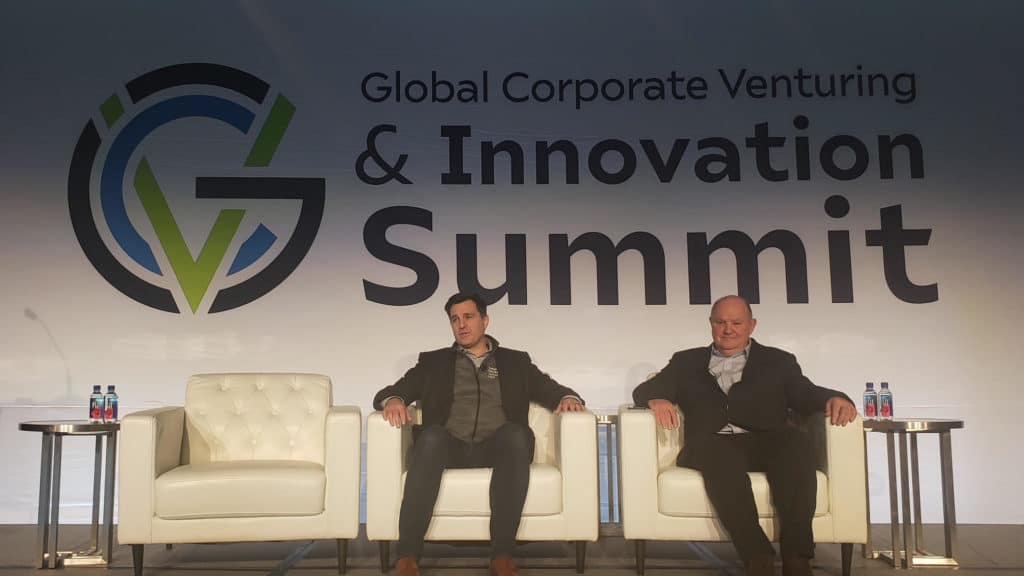In a recent interview with Eric Buatois, General Partner at BGV, Matt Hein, Chief Strategy Officer at AMD, discussed his company’s strategy and approach to industry collaboration. The interview covered a wide range of topics, including AI infrastructure, partnerships with large and small companies, customer engagement, geopolitical concerns, licensing, manufacturing, and talent.
One of the main topics of discussion was the infrastructure buildout of AI, which Hein likened to the deployment of the internet and mobile infrastructure. He emphasized that AI will affect every element of the industry, including AI training and models. AMD, as a high-performance adaptive computing company, sells to the data center, PC client, and gaming markets. Hein noted that over time, there will be more emphasis on inference at the edge of the network, with AI being deployed across all elements of the ecosystem.

In terms of competition, AMD has successfully competed against Intel in the CPU market and is now focused on competing against NVIDIA. Hein noted that as AMD gains share in the CPU market, it will go up the stack and partner more closely with customers, such as Microsoft and Sony, on their gaming consoles. AMD is more partner-focused and less focused on full stack integration.
Hein provided examples of both large and small company partnerships. AMD has partnered with Sony and Microsoft on their gaming consoles and with hyperscalers. Samsung has also licensed AMD’s GPU for their mobile processes. On the smaller side, AMD looks for potential customers that will need to deploy a lot of its infrastructure or tie into its graphics engine. Some of these partnerships may become acquisitions, but that is not the primary strategy.
When asked about learning from customers, Hein emphasized the need for a deep level of engagement. Customers are using their own platforms and software, so AMD needs to tie into that and optimize for it. This can take months to years to align roadmaps. There is also a lot of discussion around AI being seen as a national interest, with every country building its own AI strategies.
Regarding talent, Hein noted that AMD recruits from the market and has been fortunate to perform very well. The talent pool is universally educated graduate students, including low-level software, high-level software, and business people. AMD partners closely with foundries and is highly supportive of the CHIPS Act, which aims to build out more manufacturing in the US.
Overall, Hein emphasized the importance of collaboration and partnership in the industry. He noted that advanced technology partnerships are based on fitting into the roadmap, while business unit partnerships are focused on revenue. AMD looks for companies going to market in an innovative way using its products, and while it may never buy them, it will partner with them. Hein concluded by saying that AMD’s approach is to get the partnership right, customize the approach, and move away from non-standard investment with a lot of hooks.
